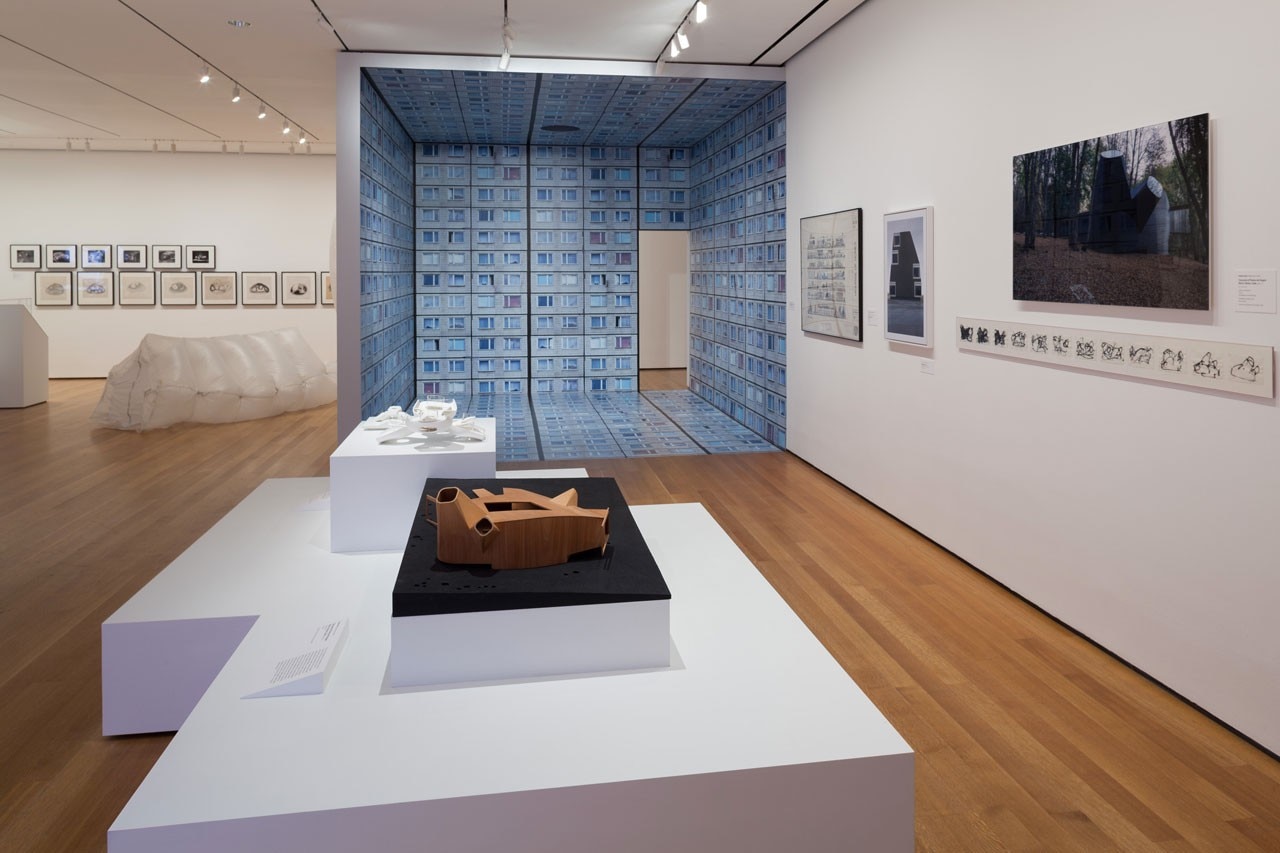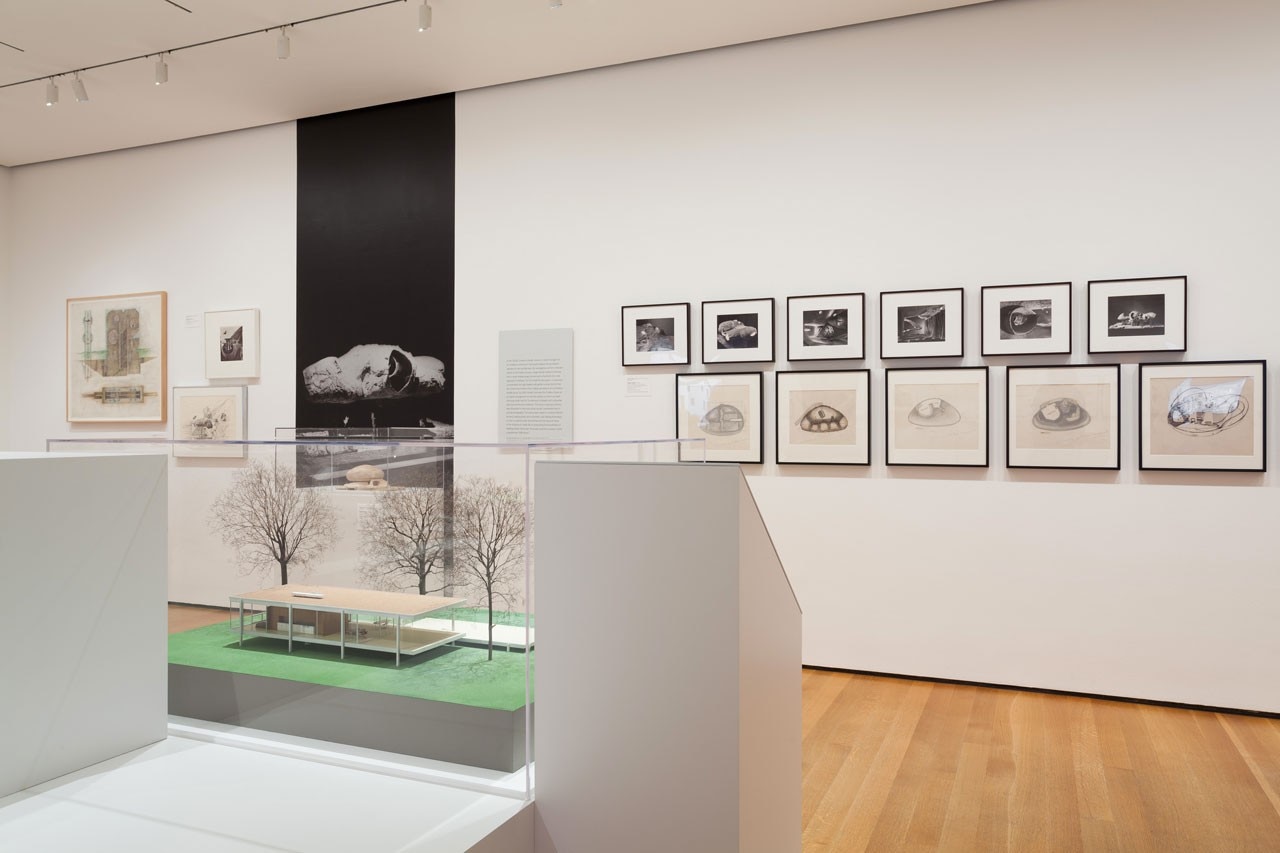
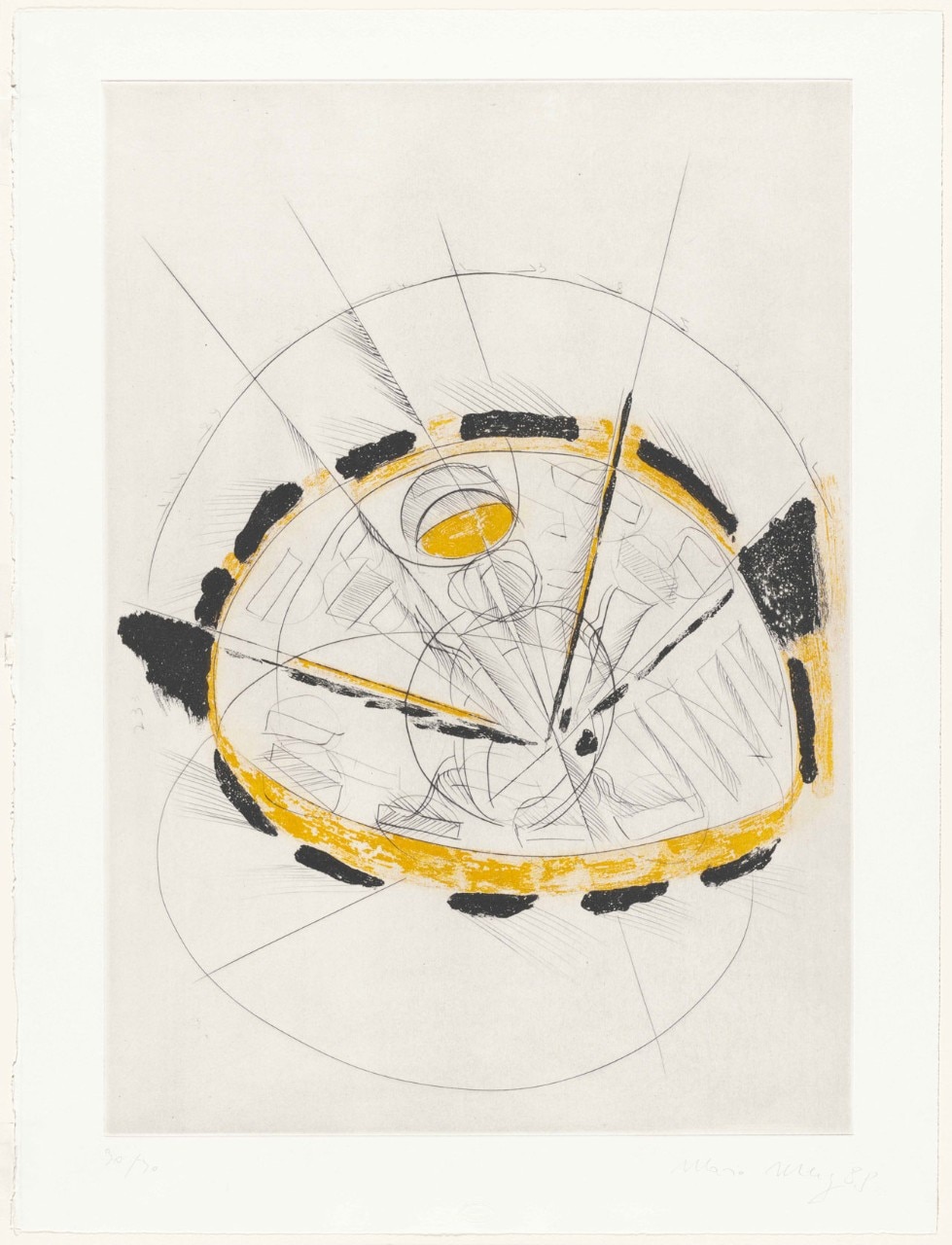
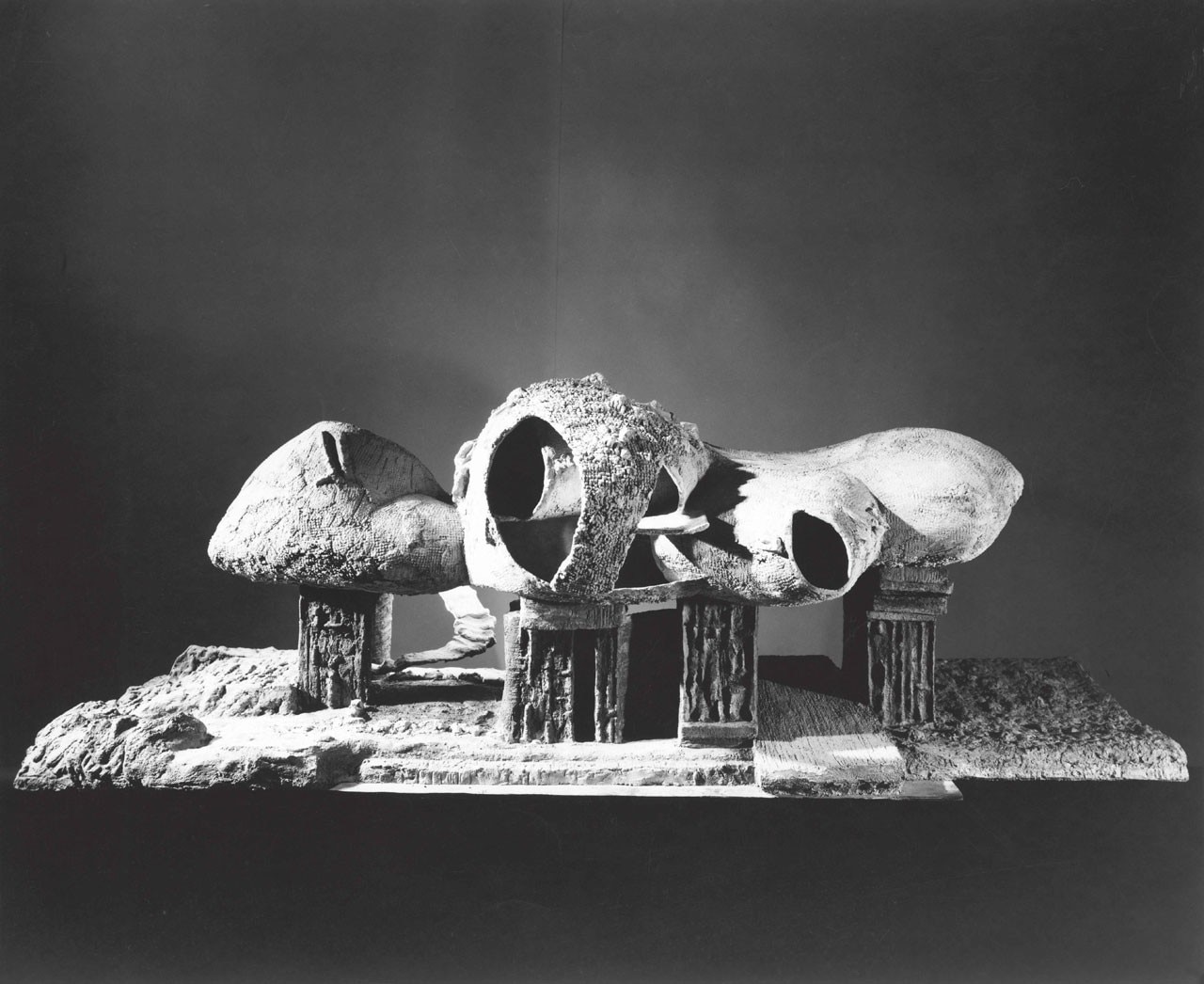
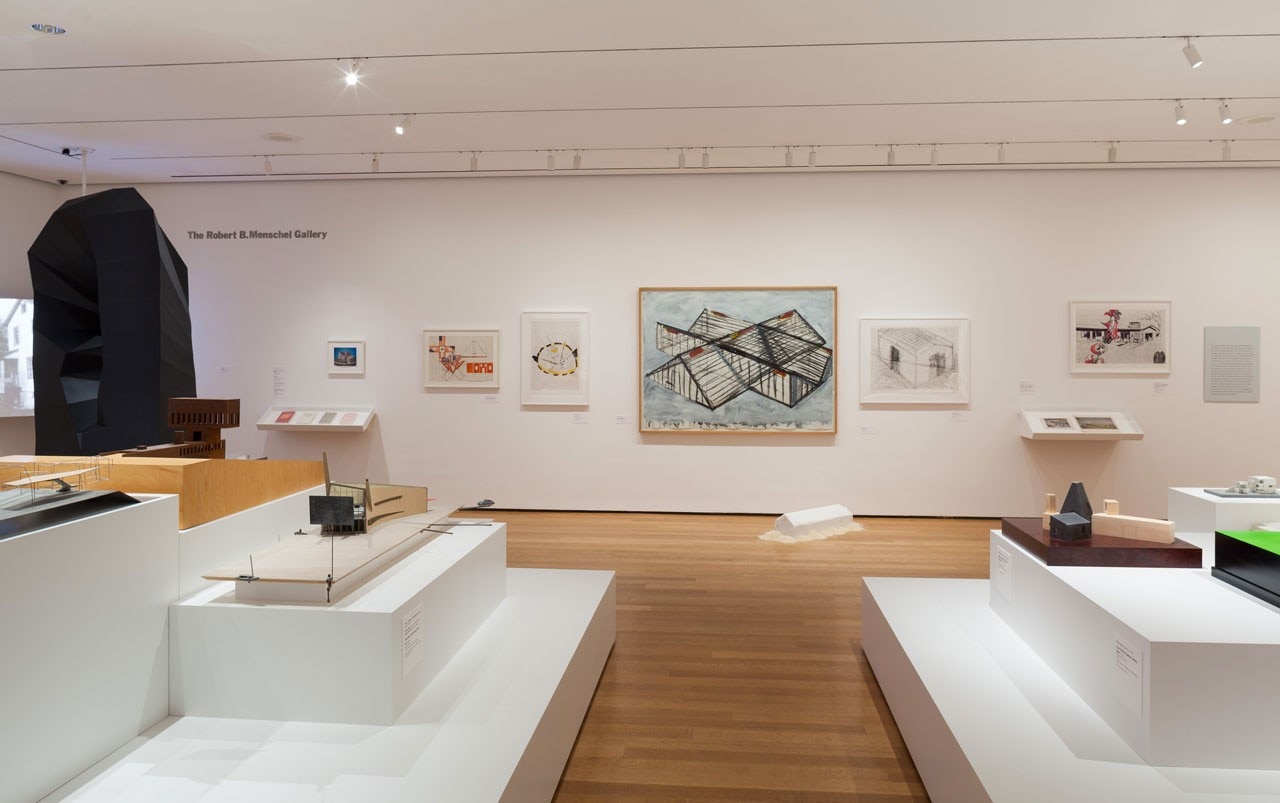
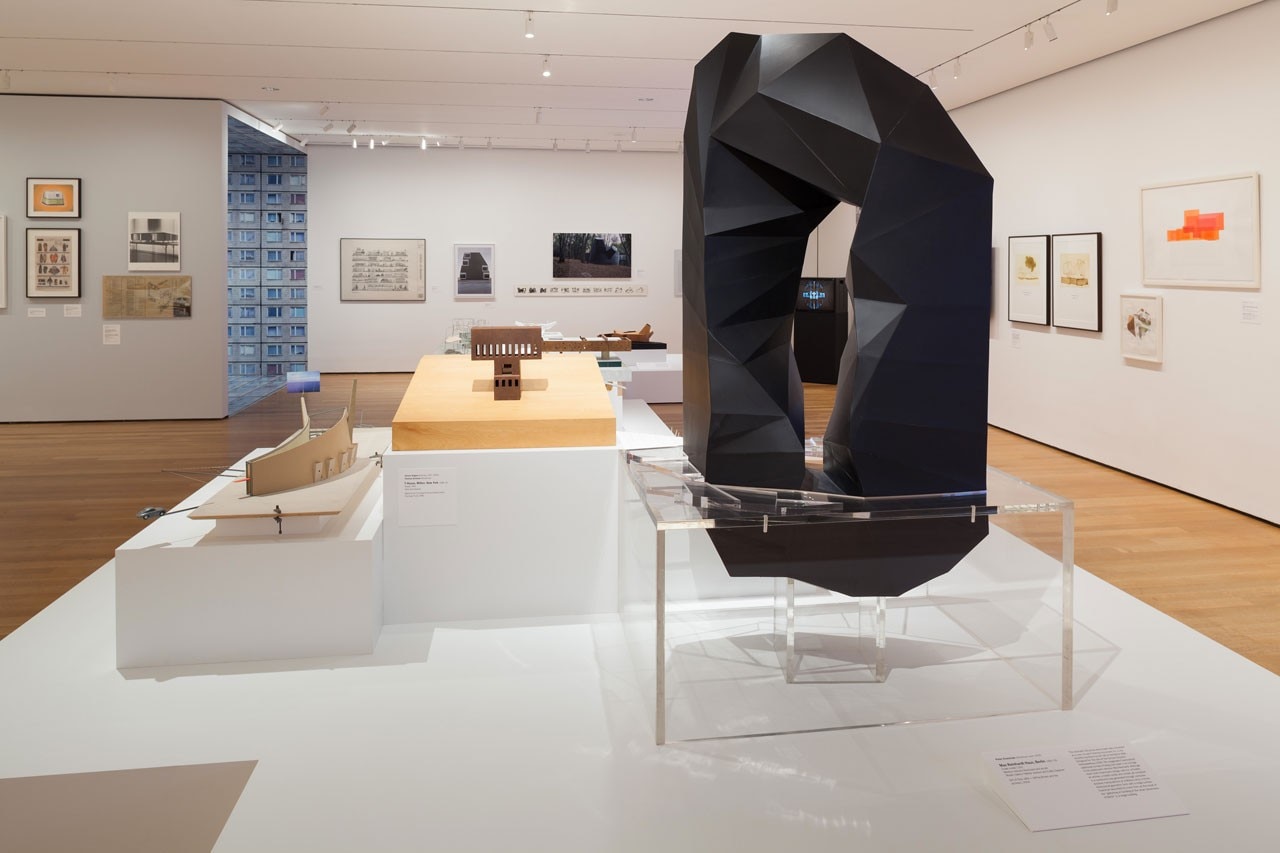
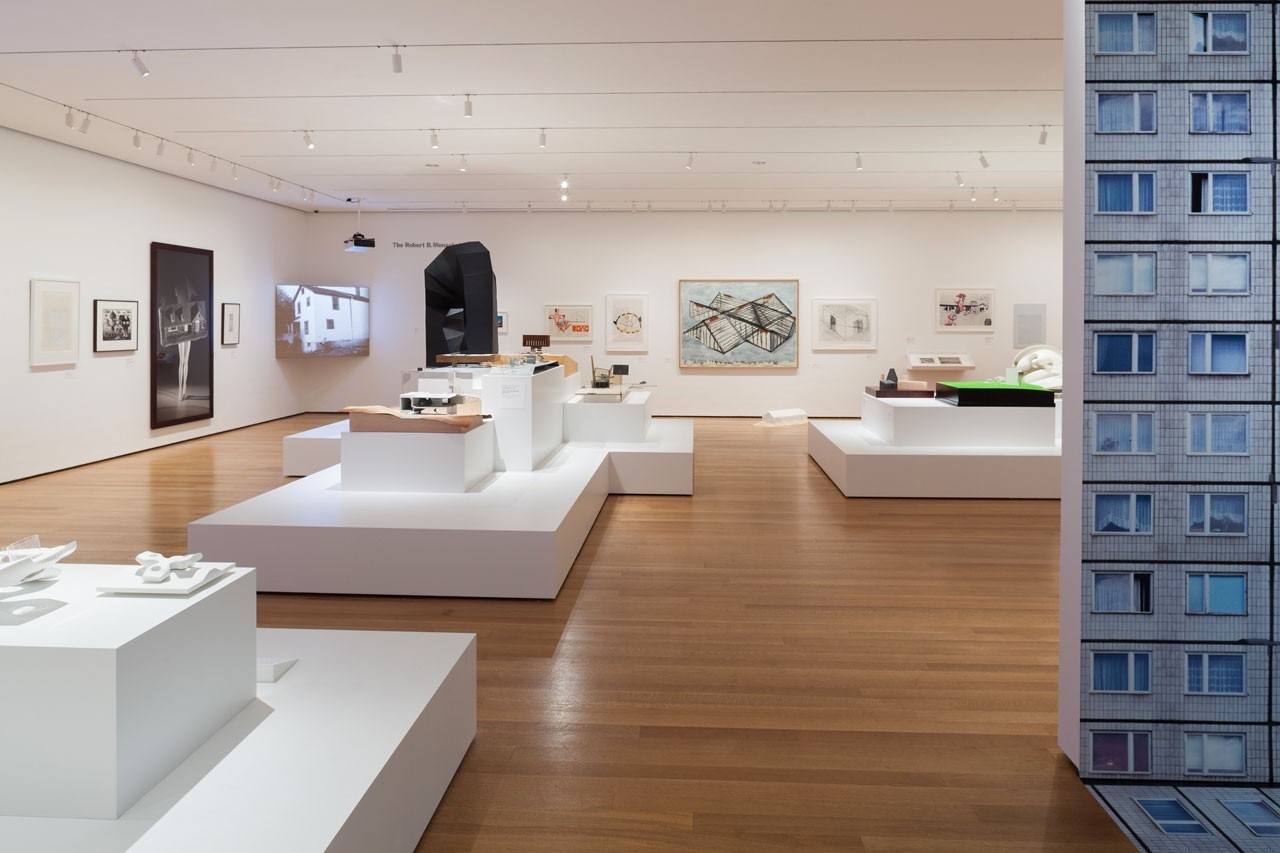
Notes
1. F. Kiesler, Pseudo Functional in Modern Architecture, in “Partisan Review”, July 1949, p. 733.
2. F. Kiesler, “The Art of Architecture for Art”, Art News, 56 (October 1957), p. 41.
3. M. Bottero, “Frederick Kiesler, Arte Architettura Ambiente”, 1996, p. 18.
4. M. Bottero, “Frederick Kiesler, Arte Architettura Ambiente”, 1996, p. 22.
until 6 March 2016
Endless House
MoMA, New York


